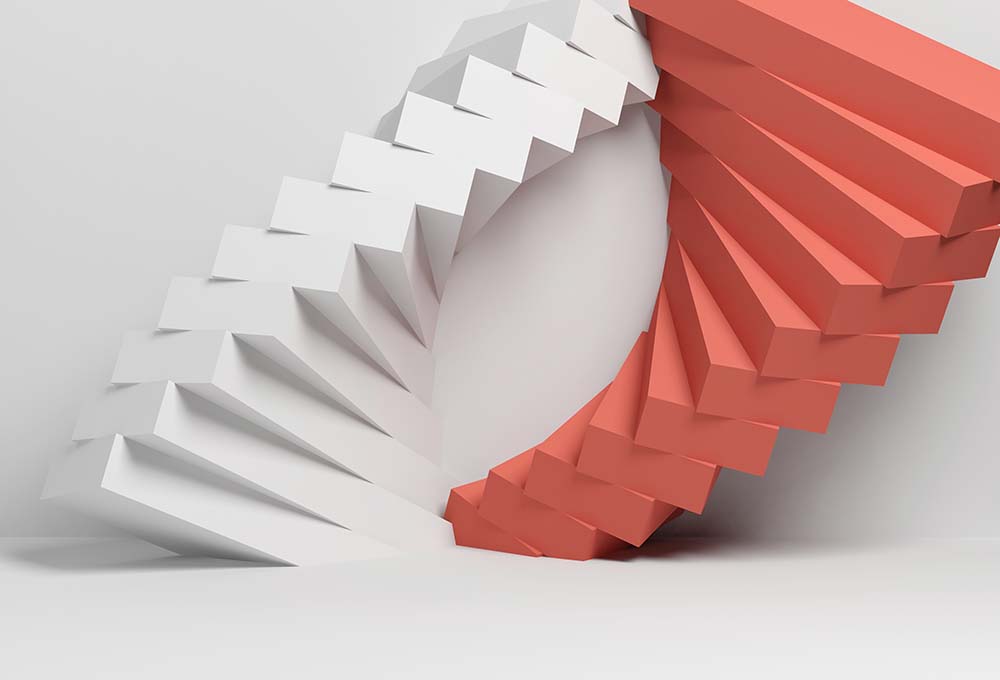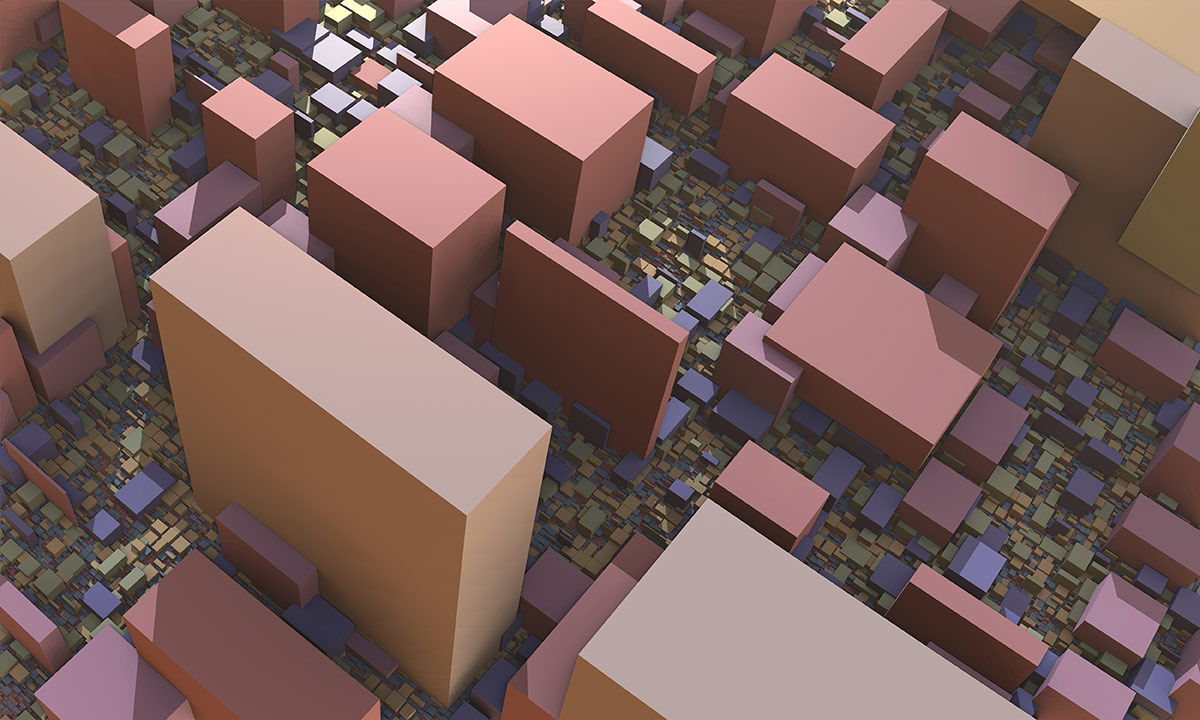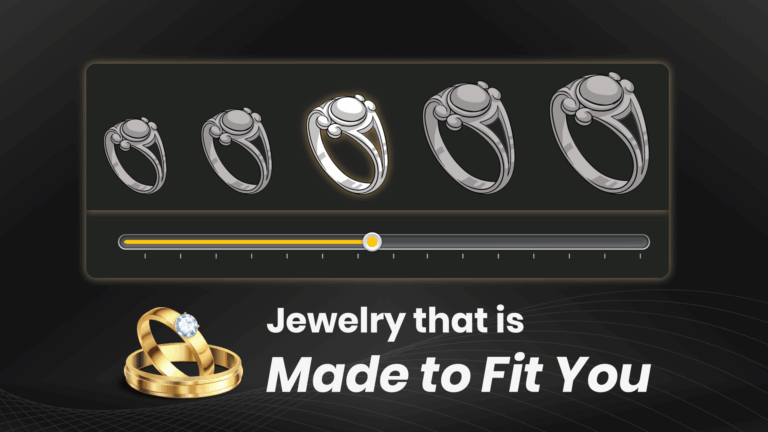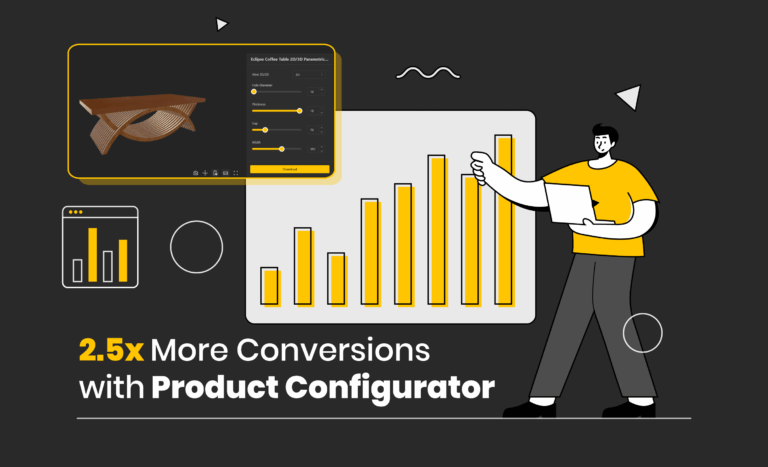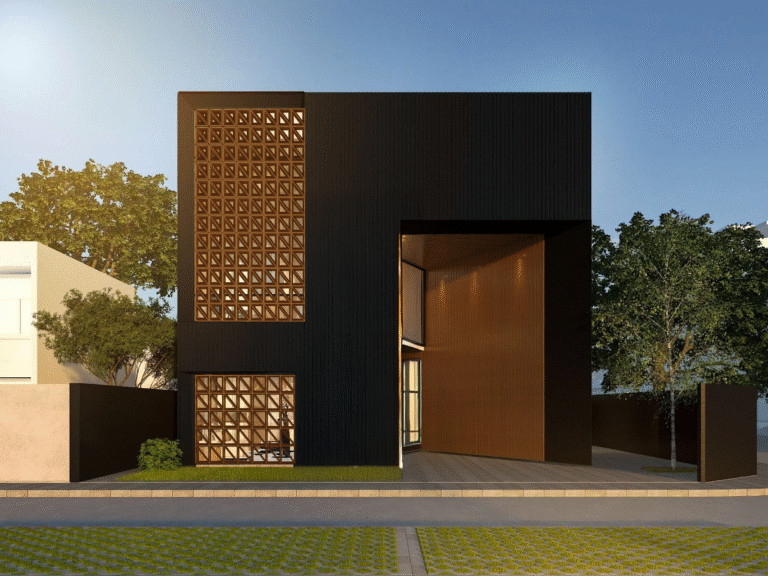Table of Contents
Parametric design is considered a “game changer” and “live design” because it allows designers to create complex, organic shapes and structures that would be difficult or impossible to achieve using traditional design methods.
In parametric design, the designer creates a set of parameters or rules that define the shape, size, and behavior of an object.
These parameters can then be adjusted to create a wide range of different designs, making it possible to explore a large design space quickly and efficiently.
Imagination & parameterization
Imagination plays a crucial role in parametric design because the designer must have a clear vision of the final product and be able to conceptualize how the parameters will interact to create the desired outcome. The designer must also have a good understanding of the software used for parametric design, as well as the underlying mathematics and algorithms that govern the behavior of the design.
Parameterization has been used in a variety of fields, including architecture, jewelry, and applied products. In architecture, parametric design allows for the creation of complex shapes and structures that can be customized to meet the specific needs of a project.
In jewelry design, parametric design can be used to create intricate, organic shapes that would be difficult or impossible to achieve using traditional methods. In applied products, such as furniture and consumer products, parametric design can be used to create products that are both functional and aesthetically pleasing, with shapes and structures optimized for their intended use.
Overall, parametric design is a powerful tool that allows designers to push the boundaries of what is possible and create innovative, cutting-edge designs.
What Industries Use Parametric Modeling?
Parametric modeling is used in a wide range of industries, including:
- Architecture: Parametric modeling is widely used in architecture to create complex and organic forms that are customized to the specific needs of a project.
- Product design: Parametric modeling is used to design and manufacture a variety of products, including furniture, consumer goods, and electronics.
- Automotive and aerospace engineering: Parametric modeling is used in the design and engineering of cars, airplanes, and other vehicles to optimize performance and reduce weight.
- Jewelry design: Parametric modeling is used to create intricate and unique jewelry designs that would be difficult or impossible to achieve using traditional techniques.
- Film and entertainment: Parametric modeling is used in the production of movies, TV shows, and video games to create realistic special effects, sets, and environments.
- Industrial design: Parametric modeling is used in the design and manufacture of industrial equipment, such as manufacturing machinery and production lines.
Overall, any industry that requires the design of complex and customized objects can benefit from the use of parametric modeling. The flexibility and efficiency of parametric modeling make it a valuable tool for designers, engineers, and manufacturers in a wide range of fields.
In What Areas Is Parametric Modeling Most Commonly Used?
Parametric design is a powerful tool that has revolutionized the field of design and engineering. By creating a set of parameters that define the shape, size, and behavior of an object, designers can explore a large design space quickly and efficiently, creating complex and organic shapes that would be difficult or impossible to achieve using traditional design methods.
One of the key benefits of parametric design is its flexibility. Designers can easily adjust the parameters to create a wide range of different designs, making it possible to explore multiple design options and find the optimal solution for a given problem. This flexibility also makes it easier to make changes to a design, as designers can simply adjust the parameters rather than starting from scratch.
Another benefit of parametric design is its ability to optimize designs for specific requirements. By defining parameters that reflect the desired performance of an object, designers can create designs that are optimized for their intended use, whether that is to reduce weight, increase strength, or improve efficiency.
Parametric design is used in a wide range of industries, including architecture, product design, automotive and aerospace engineering, jewelry design, and film and entertainment. In each of these fields, parametric design allows designers to create customized, complex, and organic shapes and structures that would be difficult or impossible to achieve using traditional design methods.
Parametric design is a flexible tool that has transformed the way we approach design and engineering. Its ability to create complex, organic shapes and structures, and to optimize designs for specific requirements, make it a valuable tool for designers, engineers, and manufacturers in a wide range of industries.
How Parameterization Helps Designers in Their Job?
Parameterization is a fundamental aspect of parametric design that helps designers in their job by providing a systematic approach to designing complex shapes and structures. It allows designers to define a set of parameters that control the shape, size, and behavior of an object, which can be easily modified and adjusted to create a range of designs. This flexibility allows designers to explore a wide range of design options quickly and efficiently, helping them to find the optimal solution for a given problem.

Parametric design is used in a wide range of industries, including architecture, product design, automotive and aerospace engineering, jewelry design, and film and entertainment. Image: Shutterstock
One of the key benefits of parameterization is its ability to optimize designs for specific requirements. By defining parameters that reflect the desired performance of an object, designers can create designs that are optimized for their intended use, whether that is to reduce weight, increase strength, or improve efficiency. This helps designers to create objects that are tailored to the specific needs of their clients, resulting in better designs that are more effective and efficient.
Another benefit of parameterization is its ability to facilitate collaboration between designers and engineers. By defining a set of parameters that describe the shape and behavior of an object, designers can communicate their ideas more effectively to engineers, who can use this information to create detailed simulations and models. This collaboration helps to ensure that designs are practical and feasible, and that they meet the desired requirements.
Parametric design is a tool that helps designers in their job by providing a systematic approach to designing complex shapes and structures. It allows designers to optimize designs for specific requirements, facilitates collaboration between designers and engineers, and helps to create more natural and appealing designs. As such, parameterization is an essential aspect of parametric design and a valuable tool for designers in a wide range of industries.
Conclusion
To wrap up, parametric design is a powerful tool that allows designers to push the boundaries of what is possible and create new designs that are both functional and aesthetically pleasing.
By facilitating creativity, experimentation, and exploration, it provides a platform for designers to imagine new solutions to complex design problems.
What about cloud-based parametric modeling?
One cloud-based platform that supports parametric design is BeeGraphy. This platform offers seamless, cross-platform compatibility, and eliminates the need for installations, allowing designers to work on Windows, Mac, or Linux.
With the ability to create models in the cloud and share them through a simple URL link, individuals and teams can collaborate and co-create in real-time using BeeGraphy’s computational design software.
In summary, BeeGraphy’s recent update to its online parametric modeling software makes it an excellent choice for designers in a wide range of industries who want to harness the power of parametric design.


